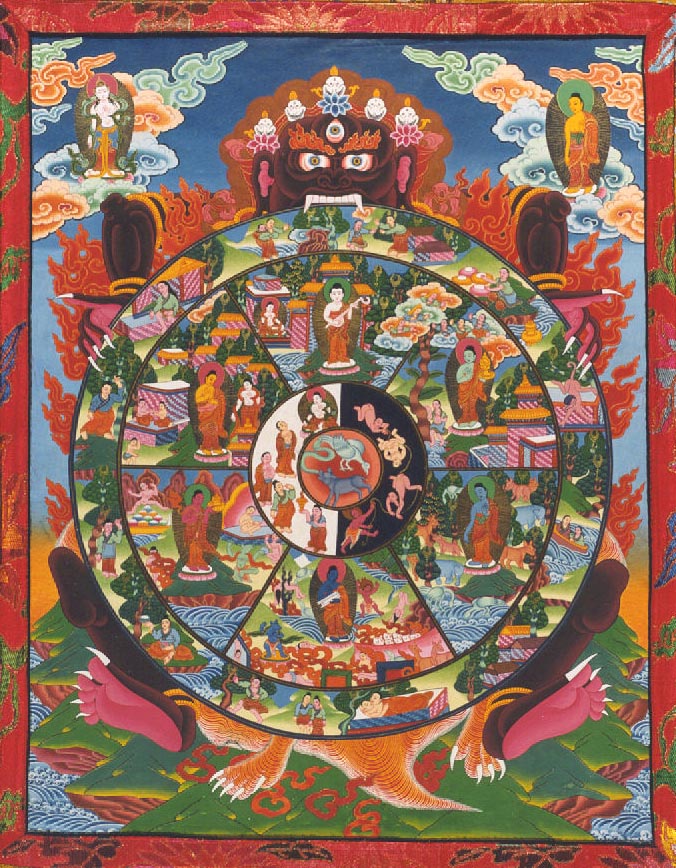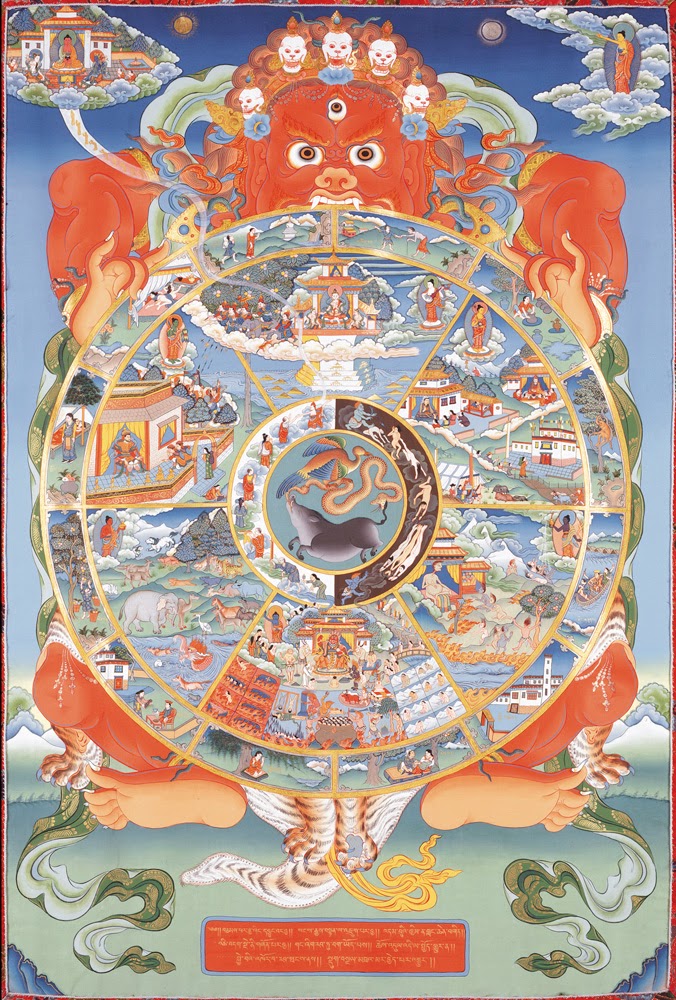Bear fruit worthy of repentance.
-- Matthew 3:8
-- Matthew 3:8
Thou shalt not covet thy neighbour's house,
thou shalt not covet thy neighbour's wife,
nor his manservant, nor his maidservant,
nor his ox, nor his ass,
nor any thing that is thy neighbour's.
-- Exodus 20:17
thou shalt not covet thy neighbour's wife,
nor his manservant, nor his maidservant,
nor his ox, nor his ass,
nor any thing that is thy neighbour's.
-- Exodus 20:17
Let your word be "Yes, Yes' or "No, No';
anything more than this comes from the evil one.
-- Matthew 5:37
anything more than this comes from the evil one.
-- Matthew 5:37
All this is from God,
who reconciled us to himself through Christ,
and has given us the ministry of reconciliation;
that is, in Christ God was reconciling the world to himself...,
and entrusting the message of reconciliation to us.
-- 2 Corinthians 5:18-19
who reconciled us to himself through Christ,
and has given us the ministry of reconciliation;
that is, in Christ God was reconciling the world to himself...,
and entrusting the message of reconciliation to us.
-- 2 Corinthians 5:18-19
Finally, beloved,
whatever is true, whatever is honorable,
whatever is just, whatever is pure,
whatever is pleasing, whatever is commendable,
if there is any excellence
and if there is anything worthy of praise,
think about these things.
-- Philippians 4:8
whatever is true, whatever is honorable,
whatever is just, whatever is pure,
whatever is pleasing, whatever is commendable,
if there is any excellence
and if there is anything worthy of praise,
think about these things.
-- Philippians 4:8
In the Cunda Kammaraputta Sutta, after explaining the Ten Unskillful Actions (akusala-kamma) of body, speech and mind that lead to suffering, the Buddha goes on to explain their opposites, the "ten skillful actions" (kusala-kamma) that lead to happiness, as shown below. Note carefully that these are expressed in both their negative and positive aspects: what to abstain from and what to do instead.
"Now, Cunda, there are three ways in which one is made pure by bodily action, four ways in which one is made pure by verbal action, and three ways in which one is made pure by mental action.
"And how is one made pure in three ways by bodily action?
- There is the case where a certain person, abandoning the taking of life, abstains from the taking of life. He dwells with his rod laid down, his knife laid down, scrupulous, merciful, compassionate for the welfare of all living beings.
- Abandoning the taking of what is not given, he abstains from taking what is not given. He does not take, in the manner of a thief, things in a village or a wilderness that belong to others and have not been given by them.
- Abandoning sensual misconduct, he abstains from sensual misconduct. He does not get sexually involved with those who are protected by their mothers, their fathers, their brothers, their sisters, their relatives, or their Dhamma; those with husbands, those who entail punishments, or even those crowned with flowers by another man.
"And how is one made pure in four ways by verbal action?
- There is the case where a certain person, abandoning false speech, abstains from false speech. When he has been called to a town meeting, a group meeting, a gathering of his relatives, his guild, or of the royalty, if he is asked as a witness, 'Come & tell, good man, what you know': If he doesn't know, he says, 'I don't know.' If he does know, he says, 'I know.' If he hasn't seen, he says, 'I haven't seen.' If he has seen, he says, 'I have seen.' Thus he doesn't consciously tell a lie for his own sake, for the sake of another, or for the sake of any reward. Abandoning false speech, he abstains from false speech. He speaks the truth, holds to the truth, is firm, reliable, no deceiver of the world.
- Abandoning divisive speech he abstains from divisive speech. What he has heard here he does not tell there to break those people apart from these people here. What he has heard there he does not tell here to break these people apart from those people there. Thus reconciling those who have broken apart or cementing those who are united, he loves concord, delights in concord, enjoys concord, speaks things that create concord.
- Abandoning abusive speech, he abstains from abusive speech. He speaks words that are soothing to the ear, that are affectionate, that go to the heart, that are polite, appealing & pleasing to people at large.
- Abandoning idle chatter, he abstains from idle chatter. He speaks in season, speaks what is factual, what is in accordance with the goal, the Dhamma, & the Vinaya. He speaks words worth treasuring, seasonable, reasonable, circumscribed, connected with the goal.
"And how is one made pure in three ways by mental action?
- There is the case where a certain person is not covetous. He does not covet the belongings of others, thinking, 'O, that what belongs to others would be mine!'
- He bears no ill will and is not corrupt in the resolves of his heart. [He thinks,] 'May these beings be free from animosity, free from oppression, free from trouble, and may they look after themselves with ease!'
- He has right view and is not warped in the way he sees things: 'There is what is given, what is offered, what is sacrificed. There are fruits & results of good & bad actions. There is this world & the next world. There is mother & father. There are spontaneously reborn beings; there are brahmans & contemplatives who, faring rightly & practicing rightly, proclaim this world & the next after having directly known & realized it for themselves.'
"These, Cunda, are the ten courses of skillful action. When a person is endowed with these ten courses of skillful action, then even if he gets up at the proper time from his bed and touches the earth, he is still pure. If he doesn't touch the earth, he is still pure. If he touches wet cow dung, he is still pure. If he doesn't touch wet cow dung, he is still pure. If he touches green grass... If he doesn't touch green grass... If he worships a fire... If he doesn't worship a fire... If he pays homage to the sun with clasped hands... If he doesn't pay homage to the sun with clasped hands... If he goes down into the water three times by nightfall... If he doesn't go down into the water three times by nightfall, he is still pure. Why is that? Because these ten courses of skillful action are pure and cause purity. Furthermore, as a result of being endowed with these ten courses of skillful action, [rebirth among] the devas is declared, [rebirth among] human beings is declared — that or any other good destination.
When this was said, Cunda the silversmith said to the Blessed One: "Magnificent, lord! Magnificent! Just as if he were to place upright what was overturned, to reveal what was hidden, to show the way to one who was lost, or to carry a lamp into the dark so that those with eyes could see forms, in the same way has the Blessed One — through many lines of reasoning — made the Dhamma clear. I go to the Blessed One for refuge, to the Dhamma, and to the community of monks. May the Blessed One remember me as a lay follower who has gone to him for refuge, from this day forward, for life."
-- from "Cunda Kammaraputta Sutta: To Cunda the Silversmith" (AN 10.176),
translated from the Pali by Thanissaro Bhikkhu.
Access to Insight, Legacy Edition, 30 November 2013.
translated from the Pali by Thanissaro Bhikkhu.
Access to Insight, Legacy Edition, 30 November 2013.

